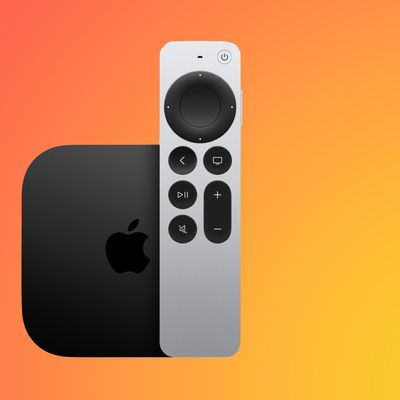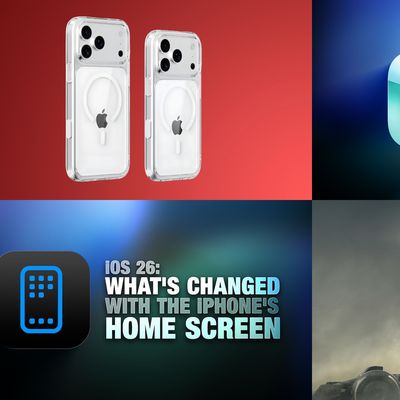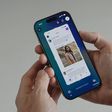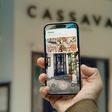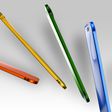Apple Sues Motorola Over Licensing of Cellular Technology by Qualcomm
Reuters reports that Apple has filed a lawsuit against Motorola Mobility alleging that Motorola has breached a licensing agreement with Qualcomm in its efforts to have a number of Apple's iOS devices banned from sale in Germany. Following a December victory by Motorola in a German court, Apple last week briefly pulled all 3G-enabled products with the exception of the iPhone 4S from its German online store. They were restored within a few hours after the injunction was suspended.
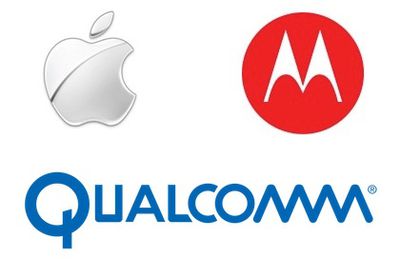
Today's lawsuit specifically addresses the iPhone 4S, which Motorola has also been seeking to block in Germany and other countries. The iPhone 4S utilizes Qualcomm's MDM6610 baseband chip, and Apple argues that Qualcomm's patent license with Motorola exhausts Motorola's rights to further royalties from Apple.
The suit, filed in a San Diego federal court, argues that Motorola's German lawsuit against Apple breaches terms of a patent licensing agreement between Motorola and Qualcomm. [...]
In the latest lawsuit, Apple says that as a Qualcomm customer, Apple is a third-party beneficiary of Motorola's agreement with Qualcomm. Under that agreement, Motorola's rights under certain patents are exhausted, Apple argues.
Apple has raised this issue before, perhaps most notably in defending itself against Samsung in Australia where it similarly claimed that Apple is protected from attacks based on these patents related to core cellular technologies by virtue of Qualcomm's licensing agreements. Motorola and Samsung have disagreed with Apple on that front, and Apple is now pressing the matter with a lawsuit of its own specifically addressing the issue as it relates to Motorola's efforts in Germany.
Popular Stories
A new Apple TV is expected to be released later this year, and a handful of new features and changes have been rumored for the device.
Below, we recap what to expect from the next Apple TV, according to rumors.
Rumors
Faster Wi-Fi Support
The next Apple TV will be equipped with Apple's own combined Wi-Fi and Bluetooth chip, according to Bloomberg's Mark Gurman. He said the chip supports ...
The long wait for an Apple Watch Ultra 3 is nearly over, and a handful of new features and changes have been rumored for the device.
Below, we recap what to expect from the Apple Watch Ultra 3:Satellite connectivity for sending and receiving text messages when Wi-Fi and cellular coverage is unavailable
5G support, up from LTE on the Apple Watch Ultra 2
Likely a wide-angle OLED display that ...
Apple's next-generation iPhone 17 Pro and iPhone 17 Pro Max are only two months away, and there are plenty of rumors about the devices.
Below, we recap key changes rumored for the iPhone 17 Pro models.
Latest Rumors
These rumors surfaced in June and July:A redesigned Dynamic Island: It has been rumored that all iPhone 17 models will have a redesigned Dynamic Island interface — it might ...
Apple will launch its new iPhone 17 series in two months, and the iPhone 17 Pro models are expected to get a new design for the rear casing and the camera area. But more significant changes to the lineup are not expected until next year, when the iPhone 18 models arrive.
If you're thinking of trading in your iPhone for this year's latest, consider the following features rumored to be coming...
The iOS 26 public beta release is quickly approaching, while developers have recently gotten their hands on a third round of betas that has seen Apple continue to tweak features, design, and functionality.
We're also continuing to hear rumors about the iPhone 17 lineup that is now just about right around the corner, while Apple's latest big-budget film appears to be taking off, so read on...
The iPhone's Dynamic Island experience is set to undergo "significant evolution" over the next few years, according to a new rumor.
Earlier this month, a report suggested that the iPhone 17 lineup will feature a redesigned Dynamic Island user interface, but little else was explained about the software changes. Now, the leaker known as "Majin Bu" appears to have corroborated this, commenting ...



